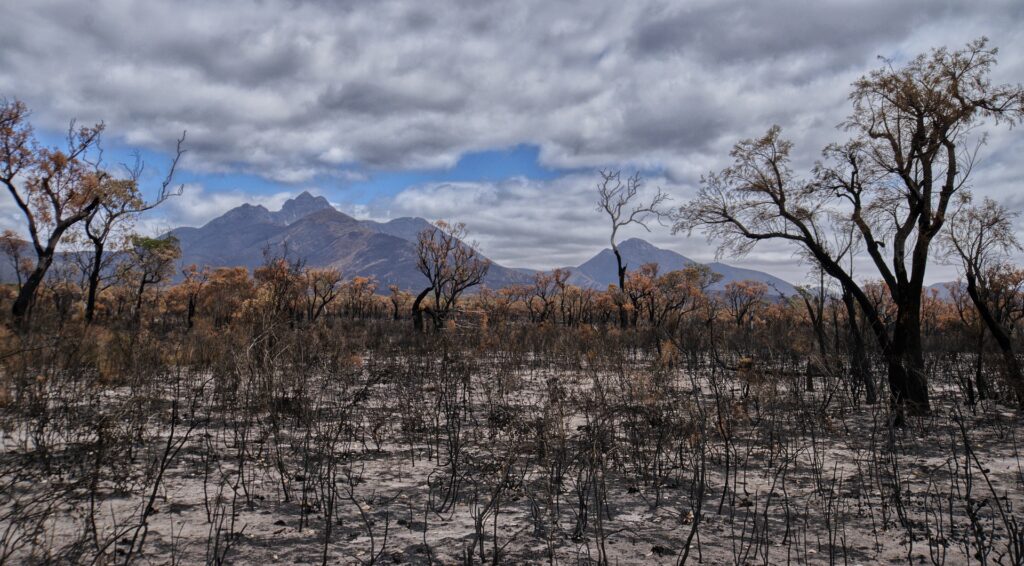Australia’s bushfires set a record for the largest smoke cloud generated by a wildfire, a new paper reports. The plume was at least three times larger than any previously recorded one.

Researchers at the University of Saskatchewan’s (USask) Institute of Space and Atmospheric Studies say that last winter’s Australian wildfires created a smoke cloud that pushed all the way to the stratosphere, some 35 kilometers above the surface, and reached incredible sizes. At its largest, it measured 1,000 kilometers across. The cloud remained intact for three months and traveled over 66,000 kilometers.
King smoke
“When I saw the satellite measurement of the smoke plume at 35 kilometres, it was jaw dropping. I never would have expected that,” said Adam Bourassa, professor of physics and engineering physics, who led the USask group which played a key role in analyzing NASA satellite data.
The fires seen in Australia this year were so devastating that the summer of 2020 has been nicknamed the “Black Summer“. It’s an apt name — the blazes claimed over 5.8 million hectares of forest in the continent’s southeast and bellowed massive amounts of smoke.
An international research team led by Sergey Khaykin from Laboratoire Atmosphères, Milieux, Observations Spatiales (LATMOS) in France. The findings, they hope, will help us better understand how wildfires interact with and affect our planet’s atmosphere.
“We’re seeing records broken in terms of the impact on the atmosphere from these fires,” said Bourassa. “Knowing that they’re likely to strike more frequently and with more intensity due to climate change, we could end up with a pretty dramatically changed atmosphere.”
Bourassa’s team has experience in a specific type of satellite measurement that can pick up on smoke in the upper layers of the atmosphere. He explains that wildfires such as those in Australia and Western Canada (in 2017, the world’s second-largest to date) got so big that they generated their own clouds, Pyrocumulonimbus, and their own thunderstorms.
These thunderstorms create powerful updrafts that propel smoke and air all the way to the stratosphere, which is higher than the altitudes that commercial jets typically fly at.
The team used a satellite-mounted device called a spectrometer to analyze the plumes. In essence, they measured how much sunlight was scattered (reflected) from the atmosphere back to the satellite, which gave them a detailed layer-by-layer look at the atmosphere.
One finding, that Bourassa calls “amazing” is that this smoke starts absorbing sunlight and heating up. When it gets hot enough, it starts “to rise in a swirling vortex ‘bubble’, and it just rose and rose higher and higher through the atmosphere.”
Another finding was that the smoke from Australia’s wildfires blocked sunlight from reaching the surface to an extent never seen before. The issue was compounded by the fact that the stratosphere is typically quite stable, meaning aerosol particles such as those in smoke can remain in suspension here for months on end, having a disproportionately-high effect on climate.
The paper “The 2019/20 Australian wildfires generated a persistent smoke-charged vortex rising up to 35 km altitude” has been published in the journal Communications Earth & Environment.






